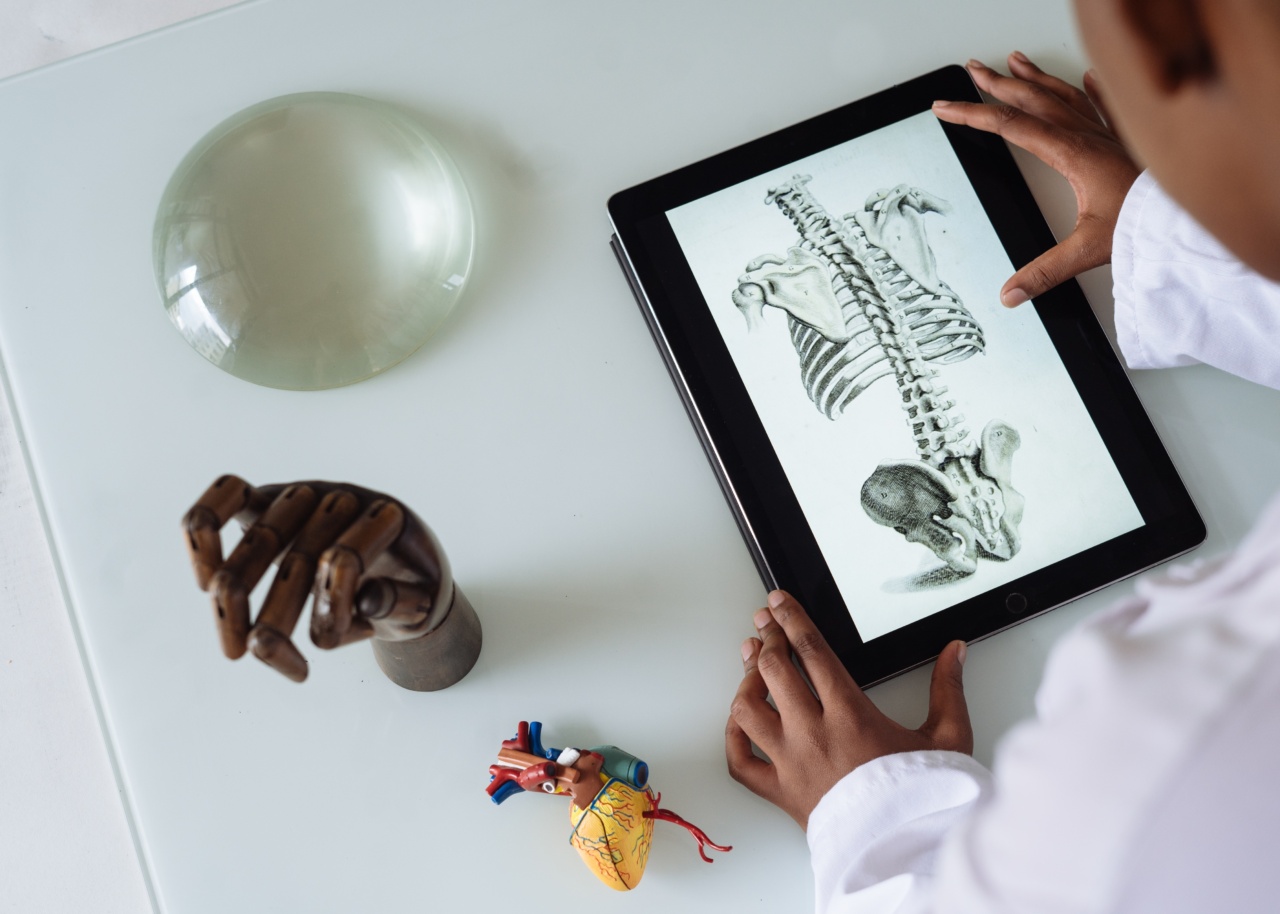Have you ever wondered what happens to your body when you experience emotions? It turns out that our emotional responses are not just mental experiences; they are physical and physiological responses that affect our entire being.
In this graphical study, we will explore the anatomy of emotion and understand how our bodies and brains work together to make us feel different emotions.
What are Emotions?
Emotions are complex psychological states that are triggered by various stimuli. They are subjective experiences that can range from happiness and excitement to anger and sadness.
Emotions are not just mental states; they are also physiological responses that involve changes in our bodies and brains.
Emotions are triggered by the amygdala, which is a small almond-shaped structure in the limbic system of the brain. The amygdala is responsible for processing sensory information and triggering emotional responses.
When we experience an emotion, the amygdala sends signals to other parts of the brain and the body, initiating a cascade of physiological changes.
The Physical Changes in Response to Emotions
When we experience an emotion, our body undergoes a series of physiological changes. These changes include:.
1. Heart Rate
When we experience intense emotions such as fear or excitement, our heart rate increases. This is because the sympathetic nervous system activates the release of adrenaline and noradrenaline, which prepare our body for action.
These hormones increase our heart rate, blood pressure, and breathing rate, getting us ready to either fight or flee.
2. Breathing Rate
Our breathing rate also increases in response to emotions. When we feel anxious or stressed, we tend to take shallow breaths, while deeper breathing is associated with relaxation and calm.
This is because emotional responses also influence the respiratory system and our breathing patterns.
3. Pupil Dilation
When we experience intense emotions, our pupils dilate. This allows more light into our eyes, making it easier to see potential threats or opportunities. Pupil dilation is also associated with positive emotions such as excitement and pleasure.
4. Skin Conductance
Our skin conductance, or the ability of our skin to conduct electrical impulses, also changes in response to emotions. When we feel anxious or stressed, our skin conductance increases, leading to sweaty palms and an increase in overall perspiration.
5. Facial Expressions
Facial expressions are powerful communicators of emotions. Our facial muscles are controlled by the autonomic nervous system, which is responsible for generating emotional responses.
These expressions are not just random movements; they are coordinated and regulated by specific parts of the brain. Our facial expressions can convey a range of emotions, including happiness, sadness, anger, disgust, and surprise.
6. Brain Activity
Emotions also activate specific areas of the brain. For example, positive emotions such as happiness and pleasure activate the mesolimbic pathway, which is associated with reward and motivation.
This pathway releases dopamine, a neurotransmitter that is responsible for feelings of pleasure and satisfaction.
On the other hand, negative emotions such as fear and anxiety activate the amygdala, which is responsible for processing and generating emotional responses.
The amygdala triggers the release of stress hormones such as cortisol, which prepares the body for a fight or flight response.
The Connection between Mind and Body
Emotions are not just mental experiences; they also involve physical and physiological responses. These responses occur via the interconnectedness of the body and the brain. Emotions originate in the brain, but they also lead to changes in the body.
These changes, in turn, can influence our mental states and cognition. For example, when we feel anxious, our cognitive abilities may be impaired, making it difficult to focus or make decisions.
The mind-body connection is also evident in the way we regulate emotions. One way to regulate emotions is through the deliberate use of physical strategies such as deep breathing, progressive muscle relaxation, and exercise.
These strategies have been shown to reduce physiological responses to stress, leading to a decrease in anxiety and an increase in well-being.
Conclusion
Emotions are complex psychological states that involve not just our minds but also our bodies and brains.
Emotional responses trigger a cascade of physiological changes, including heart rate, breathing rate, pupil dilation, skin conductance, facial expressions, and brain activity. Emotions are both mental and physical experiences that are interconnected. Understanding the anatomy of emotion can help us better regulate our emotions and lead to a better quality of life.






























